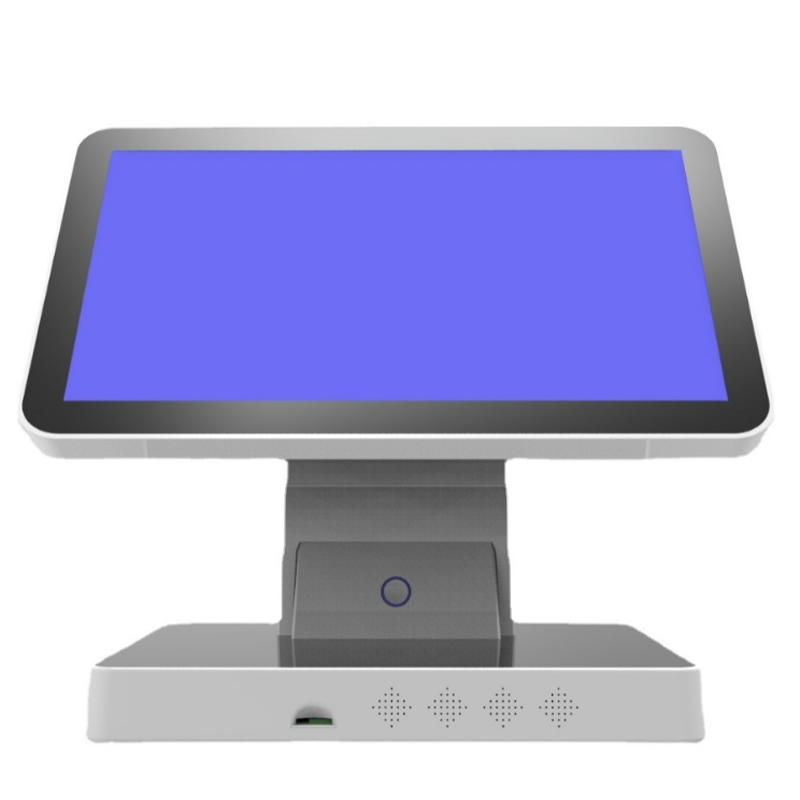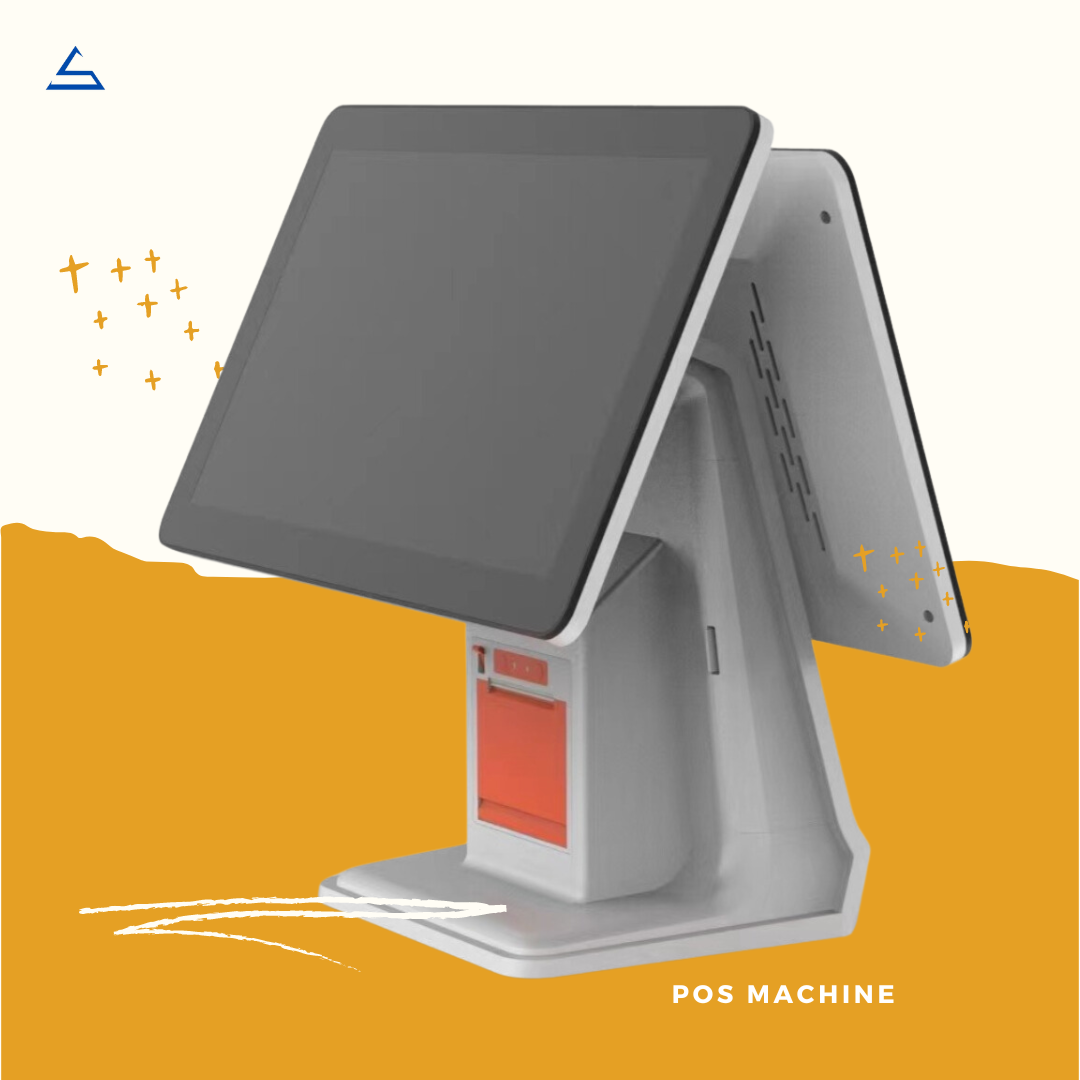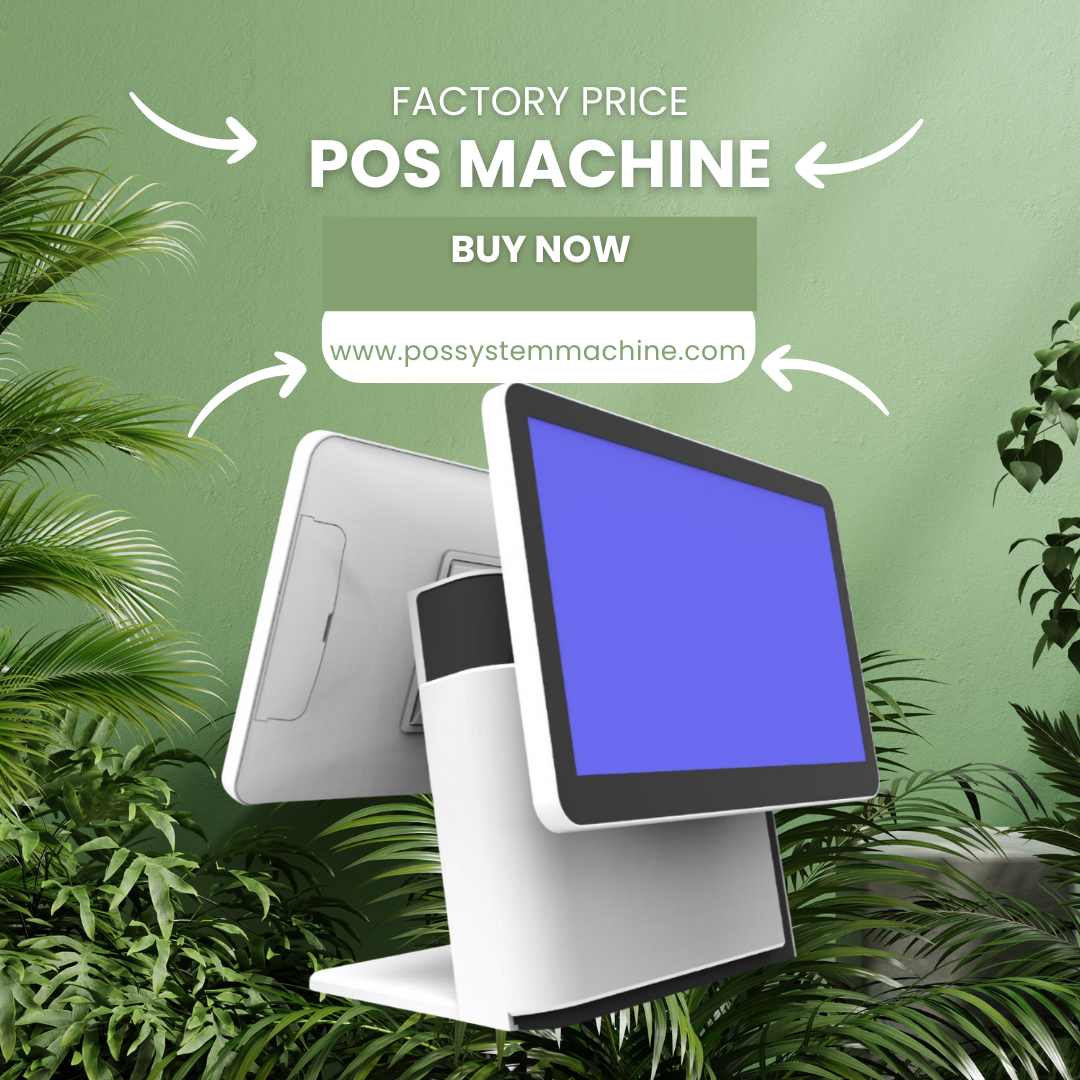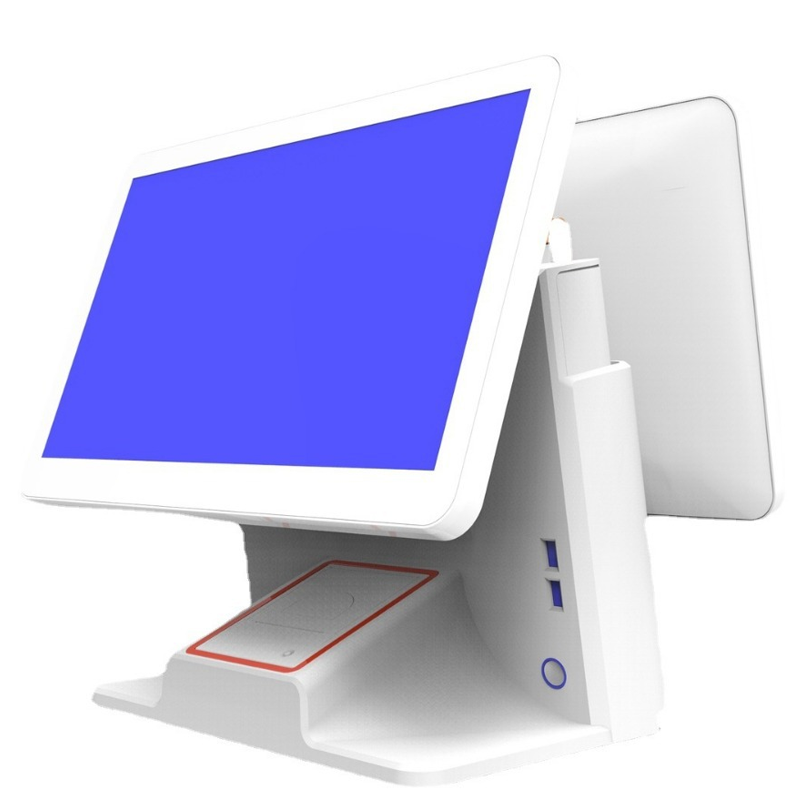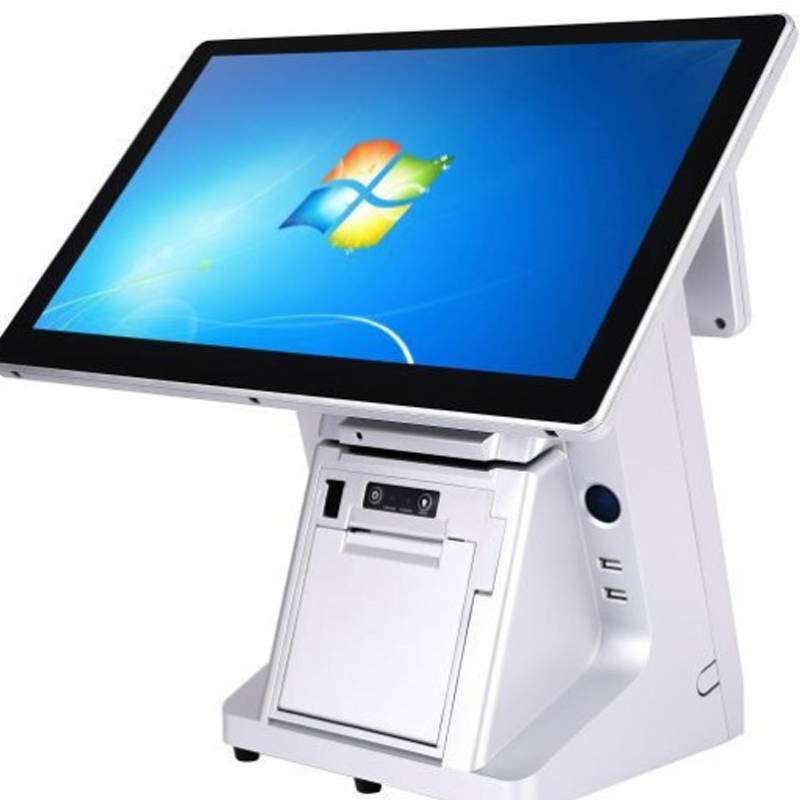What is POS (Point of Sale)? Full Form, Meaning & How It Works?
Table of Contents
Summary
POS Systems: The Core of Modern Retail and Business Transactions
Point of Sale (POS) systems have become an essential part of today’s retail and business environments, facilitating secure and efficient payments while enabling businesses to streamline their operations. These systems integrate hardware and software to ensure smooth transaction processes, whether in physical stores or through mobile platforms. In this article, we will explore the core components of POS systems, the various types of POS transactions, and their advantages and disadvantages, providing a comprehensive understanding of why POS technology is crucial for modern commerce.
Understanding POS Systems
What is a POS System?
A Point of Sale (POS) system refers to the location and system where a customer finalizes their purchase by making a payment, whether through cash, card, or digital payment methods. POS systems are equipped with hardware like barcode scanners, cash registers, and payment terminals, alongside software designed to record sales and manage inventory. These systems enable retailers, restaurants, and service providers to process transactions efficiently, making them a pivotal part of any business operation.
How Does a POS Transaction Work?
The transaction process at a POS system is designed for efficiency and accuracy, ensuring a seamless experience for customers. Below are the typical steps involved in a POS transaction:
- Selection of Items: Customers choose products or services they wish to purchase.
- Scanning or Entry: The selected items are scanned using a barcode scanner or entered manually into the system.
- Payment: Customers choose their preferred payment method—debit/credit cards, mobile wallets, or cash.
- Authorization: The POS system communicates with the bank to validate and authorize the payment.
- Receipt Generation: After successful authorization, a receipt is generated, completing the transaction.
Types of POS Transactions
Modern POS systems support various transaction types, each designed to cater to customer convenience and technological advancements:
Contactless Payments (NFC)
Near Field Communication (NFC) technology allows customers to complete contactless payments by simply tapping their card or mobile device against a payment terminal. This method is gaining popularity due to its speed and ease of use.
Mobile Wallet Transactions
Transactions through mobile wallets such as Apple Pay, Google Pay, and Samsung Pay are increasingly preferred by customers. These systems utilize NFC technology to facilitate secure and quick payments without needing a physical card.
Traditional Card Payments
POS systems support traditional credit and debit card payments, where customers swipe, insert, or tap their cards. This method remains widely used and is a fundamental feature of any POS system.
| POS Transaction Type | Description |
|---|---|
| Contactless Payments (NFC) | Allows payments by tapping cards or devices on payment terminals |
| Mobile Wallet Transactions | Uses mobile apps like Apple Pay, Google Pay, and Samsung Pay |
| Traditional Card Payments | Supports swiping, inserting, or tapping credit and debit cards |
Advantages and Disadvantages of POS Systems
Advantages of POS Systems
- Efficiency: POS systems accelerate the transaction process, minimizing wait times for customers and increasing overall operational speed.
- Accuracy: With automated calculations, POS systems reduce human errors, ensuring accurate pricing and change during transactions.
- Data Collection: POS systems record valuable sales data, allowing businesses to analyze customer behavior, track popular items, and make informed decisions.
Disadvantages of POS Systems
- High Initial Costs: Implementing a POS system often requires a significant upfront investment in hardware, software, and employee training.
- Technical Issues: Like any technology, POS systems may experience malfunctions or downtime, potentially disrupting business operations temporarily.
Managing POS Transactions in Business
For businesses, managing POS transactions is more than just completing sales. It involves ensuring customer satisfaction, secure payment handling, and efficient transfer of funds. Here’s a breakdown of how businesses typically manage POS transactions:
Equipment and Software
Businesses must select the appropriate POS equipment and software that fit their specific needs, such as handling large volumes of transactions or integrating with their inventory system.
Daily Batch Settlement
Many businesses opt for daily batch settlements, which total and reconcile all POS transactions at the end of the business day. The funds are then automatically transferred to the business’s current account.
Verification and Reconciliation
To ensure accuracy, businesses regularly verify that the amounts transferred match their POS records. Reconciliation helps catch any discrepancies early and ensures smooth cash flow management.
Why our POS for Your POS Solutions?
When considering POS systems, choosing a trusted supplier is critical to your business’s success. Our company based in Shenzhen, China, is a leader in electronic components and POS systems, offering top-notch solutions for businesses of all sizes. Our POS systems are designed to be highly customizable, scalable, and secure, making them the perfect choice for modern retailers. Additionally, our provides exceptional customer support, ensuring that your POS system operates efficiently and reliably.
Conclusion
POS systems are the backbone of modern retail transactions, providing businesses with the tools they need to operate efficiently, gather valuable data, and improve customer satisfaction. Whether through contactless payments or traditional card transactions, POS systems ensure quick and secure payment processing, helping businesses thrive in a competitive marketplace. For high-quality, scalable POS solutions, a trusted leader in the industry.
FAQ
1. What is a POS system?
A POS system is a combination of hardware and software used to process payments, manage inventory, and track sales in retail or service-based businesses.
2. How do contactless payments work?
Contactless payments use NFC technology, allowing customers to tap their card or mobile device on a POS terminal to complete the transaction.
3. Are POS transactions secure?
Yes, modern POS systems are designed with strong security measures to protect customer payment information and prevent fraud.
4. What are the costs involved in setting up a POS system?
Initial costs typically include hardware (payment terminals, scanners), software, and employee training, but these systems often pay for themselves over time through increased efficiency.
5. Why should I choose you for my POS system needs?
We offers high-quality, scalable, and customizable POS solutions with excellent customer support, making them a reliable choice for businesses looking to optimize their retail operations.
Tags
Product
Blog
Contact Us
Related Products
Frequently asked questions about wood box manufacutring



